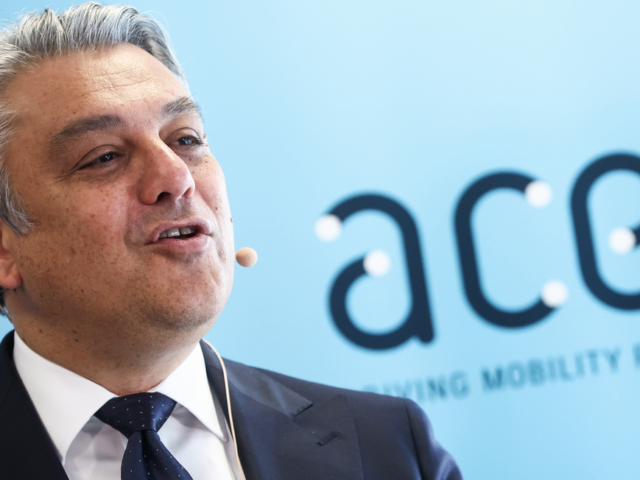
T&E: deployment of European charging infrastructure on track

The EU is on target of hitting its goal of 3 million charging points by the end of the decade. /ABB
The latest analysis from Transport & Environment reveals that the roll-out of charging infrastructure is proceeding as planned. Last mon


Comments
Ready to join the conversation?
You must be an active subscriber to leave a comment.
Subscribe Today